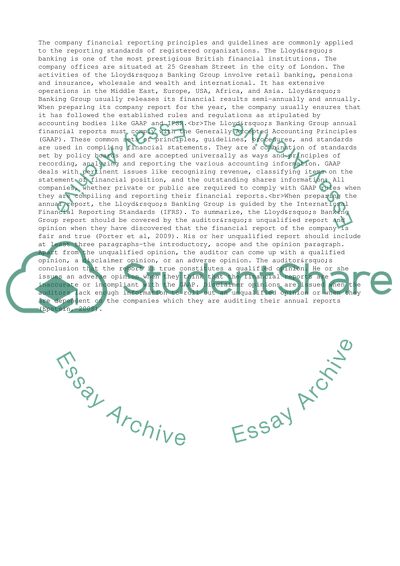Cite this document
(Company Reporting Rules and Regulation Coursework, n.d.)
Company Reporting Rules and Regulation Coursework. Retrieved from https://studentshare.org/management/1759043-lloyds-banking-group-plc
Company Reporting Rules and Regulation Coursework. Retrieved from https://studentshare.org/management/1759043-lloyds-banking-group-plc
(Company Reporting Rules and Regulation Coursework)
Company Reporting Rules and Regulation Coursework. https://studentshare.org/management/1759043-lloyds-banking-group-plc.
Company Reporting Rules and Regulation Coursework. https://studentshare.org/management/1759043-lloyds-banking-group-plc.
“Company Reporting Rules and Regulation Coursework”, n.d. https://studentshare.org/management/1759043-lloyds-banking-group-plc.


